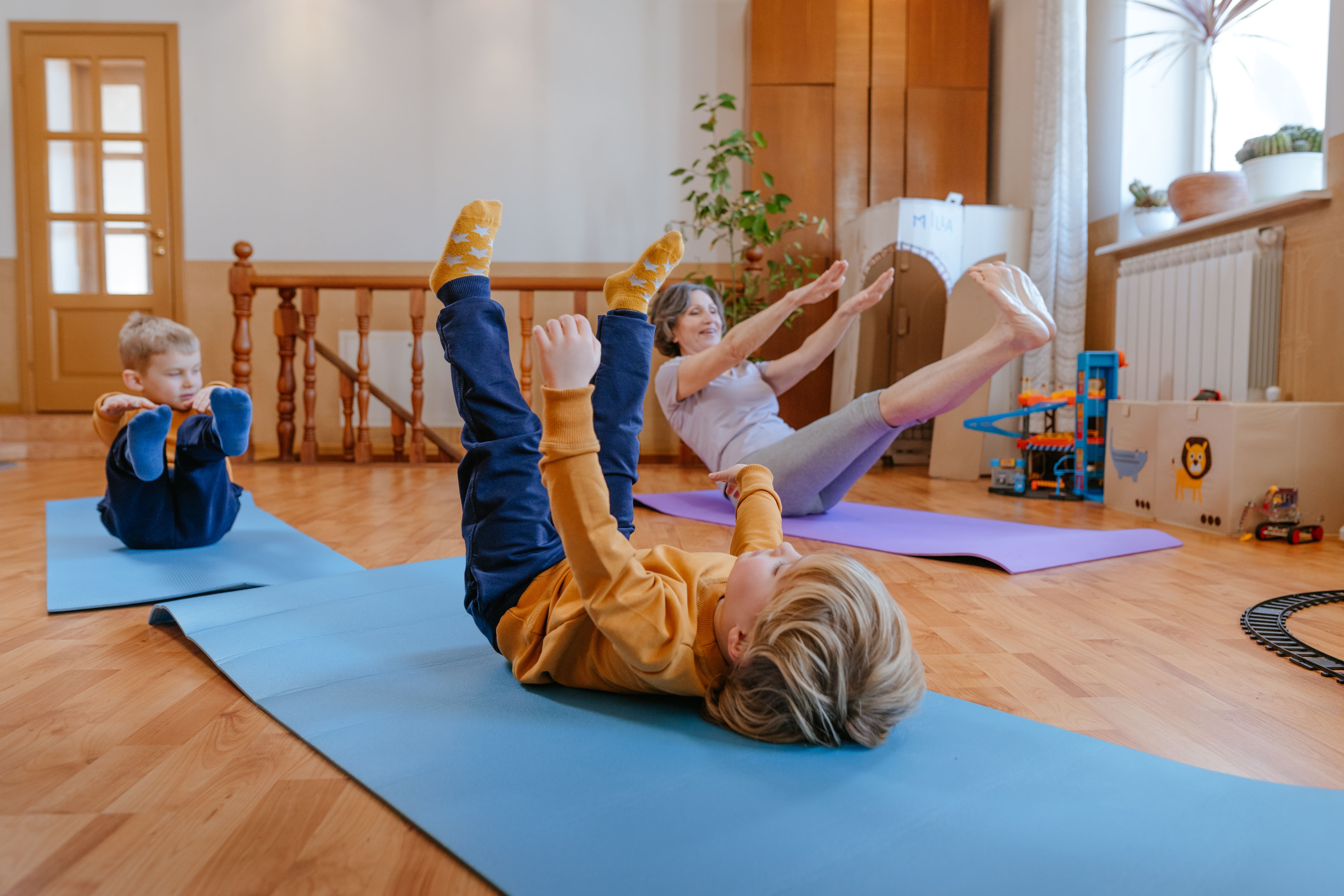Support young children’s resilience with nurturing routines, emotional safety, and gentle guidance that builds confidence, coping skills, and connection.
Resilience is one of those qualities that grows quietly in childhood, often in the small moments families don’t even realize they’re shaping. It’s not about being tough, hiding emotions, or “bouncing back quickly.” Instead, resilience develops when children feel safe enough to express their feelings, confident enough to try again when something feels hard, and supported enough to know they can rely on the adults around them.
In many ways, resilience is woven into everyday routines when families respond to frustration, celebrate small wins, or talk children through challenges. And while every child develops these skills at their own pace, there are gentle, meaningful ways to help resilience unfold naturally.
Below are supportive and practical approaches to help young children build resilience in ways that feel nurturing rather than pressured.
1. Make Space for All Emotions
Children learn resilience by understanding that feelings are allowed, manageable, and temporary. When a child is disappointed, overwhelmed, or frustrated, families can help by naming the emotion in a calm tone, “That was a tough moment, and it makes sense that you’re upset.”
This simple acknowledgment teaches children that emotions are nothing to fear. Instead of rushing to “fix” or distract, sitting beside them, offering a hug, or simply waiting nearby creates a sense of emotional safety. Over time, children learn two things at once:
- Their feelings won’t push people away, and
- Hard feelings pass with support.
This foundation becomes one of the strongest building blocks of resilience.
2. Encourage Trying Again
Young children naturally encounter moments where things don’t go as planned like when towers fall, puzzles feel tricky, shoes won’t slip on the first try. These are golden opportunities to nurture resilience.
Instead of stepping in immediately, families can pause and say,
“Let’s look at it together.”
“What do you think we could try next?”
Giving children time to attempt, adjust, or rethink helps them build frustration tolerance and problem-solving skills. Even if they need help in the end, the process teaches them that effort matters and that they are capable of working through challenges with support, not alone.
3. Create Predictable Routines
Resilience grows best in environments that feel safe and predictable. Simple routines like the same bedtime steps, a consistent drop-off ritual, or a predictable way you transition from playtime to dinner give children a sense of stability.
When children know what to expect, they feel more grounded. And when they feel grounded, they’re more able to cope with new situations, changes, or problems because their daily life already feels steady underneath them.
4. Celebrate Effort, Curiosity, and Problem-Solving
Children learn about their own abilities through the reflections they hear from adults. Instead of praising the final result, try highlighting the process:
- “I saw how hard you worked on that.”
- “You kept trying even when it felt tricky.”
- “You had a great idea when you changed your plan.”
These kinds of responses teach children that resilience is about staying curious, being open to learning, and trying again when something doesn’t go smoothly.
5. Model Calm and Coping
Children learn resilience by watching the grown-ups they trust. When families handle their own frustration gently like taking a deep breath, stepping away for a moment, or narrating what they’re doing, children absorb those coping strategies naturally.
For example: “I’m feeling a little overwhelmed, so I’m going to take a slow breath before we keep going.”
These quiet demonstrations show children that everyone has big emotions at times, and there are healthy ways to cope with them.
6. Give Children Opportunities to Make Small Decisions
Confidence and independence play a big role in resilience. When children are allowed to make small, age-appropriate choices like choosing between two snacks, selecting their sweater, deciding which book to read, they begin to trust their own judgment.
These small decisions build a sense of control and competence, helping children feel more prepared when bigger challenges arise.
7. Build Strong, Supportive Relationships
Resilience is not built independently; it develops through connection. When children feel deeply supported by the adults around them, they’re more willing to explore the world, try new things, and take reasonable risks. Simple gestures like eye contact, warm greetings, shared laughter, listening without rushing help children feel anchored.
A stable, caring relationship becomes the foundation that helps them navigate uncertainty with confidence.
8. Let Children Play, Explore, and Take Safe Risks
Climbing small rocks, balancing on logs, trying a new art material, or building tall block towers play gives children countless chances to experiment, fail safely, try again, and discover what their bodies and minds can do.
Children learn resilience when they get to test their abilities and try something slightly beyond their comfort zone, knowing a supportive adult is nearby.
Final Thoughts
Resilience doesn’t develop all at once. It grows slowly, through warm guidance, steady routines, and countless small moments where children feel seen, understood, and supported. When families respond with patience, model healthy coping, and allow children the space to try, feel, and learn, they help build the courage children will carry with them throughout their lives.
Stay in the know and check us out on social media! Follow BrightPath on Facebook and Instagram for a variety of fun activities and daily inspiration.







